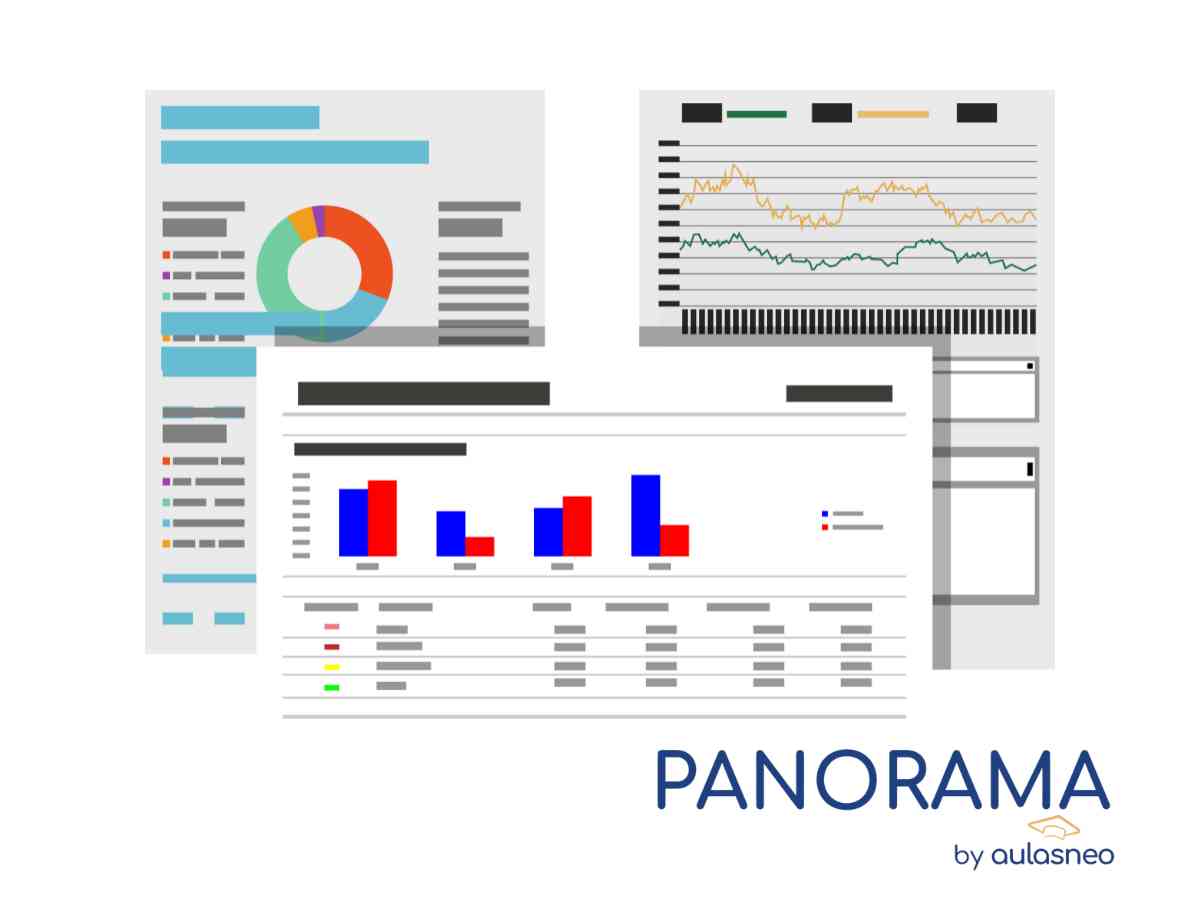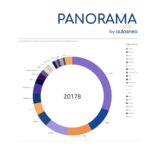How to use data to improve user experience
Our multidisciplinary team works to produce and implement the best e-learning solutions, adapted to the specific needs of each organization.
Among the services we offer, one of the most important is the Usage and Grading Reports, which allows us to analyze the performance of each course and each user/student with a detailed report. Data is information stored in a digital format that can be used as a basis for analysis and decision making. This information is collected, organized and analyzed to investigate various issues: data analysis is a process that consists of inspecting and transforming it, with the objective of highlighting useful information to suggest conclusions and support decision making. Once this occurs and reports are ready, we are in a position to predict future situations.
To address this diverse spectrum of analysis, at Aulasneo we have developed PANORAMA: a flexible analysis engine that can be easily customized and adapted to the specific needs of each organization that delivers online courses through Open edX ™.
PANORAMA is an analytics engine that allows organizations using Open edX™ to deliver online courses to create their own management dashboards.
What is the importance of the data extracted from PANORAMA?
As a first particular case, let\’s think about the behavioral analysis of video users based on the data obtained. We have several possible approaches, for example, analyzing data by video or by user/student. Regarding video analysis, the following questions may arise:
how many times was a video viewed?
(i.e. when a student registers for a certain course, he/she is expected to watch certain videos that are part of the course, and by extracting the data we are able to know whether the student actually watched the video or not).
what part of the video was watched?
How many times was it rewound?
and fast forwarded?
in which part/s?
How long did it take, from the first \”play\”, to finish watching it?
From here, we can try to discover some pattern of behavior: the videos that were skipped the most times, are they the longest? and the ones that were rewound the most times? are they from the same course? and the ones that were watched the most?
Depending on the user, we can measure performance: how many videos did he/she skip? how many did he/she start to watch and not finish? did he/she have to rewind many times? how many total hours did he/she spend watching videos?
From here, we can start combining the results to generate new ones:
who/which was the most active student/video, how much difference was there with the least active, if they belong to the same course, and so on and so forth.
As a second particular case, let\’s think about the analysis of user behavior when answering questions and doing exercises. Similarly, we can ask ourselves
how many times a question was answered correctly,
how many incorrectly, and how many students answered it incorrectly (remember that a student may have answered the same question incorrectly several times),
how many were overlooked,
which question was answered correctly the most times,
which was the student who answered most times correctly… and so on and so forth.
The questions we can ask ourselves are infinite, but the importance of data analysis lies not only in asking several good questions that allow us to obtain relevant information, but above all in the after: how we use that information to improve, for all, the learning process.
As we all know, in 2020.
If you need more information, please contact us info@aulasneo.com



